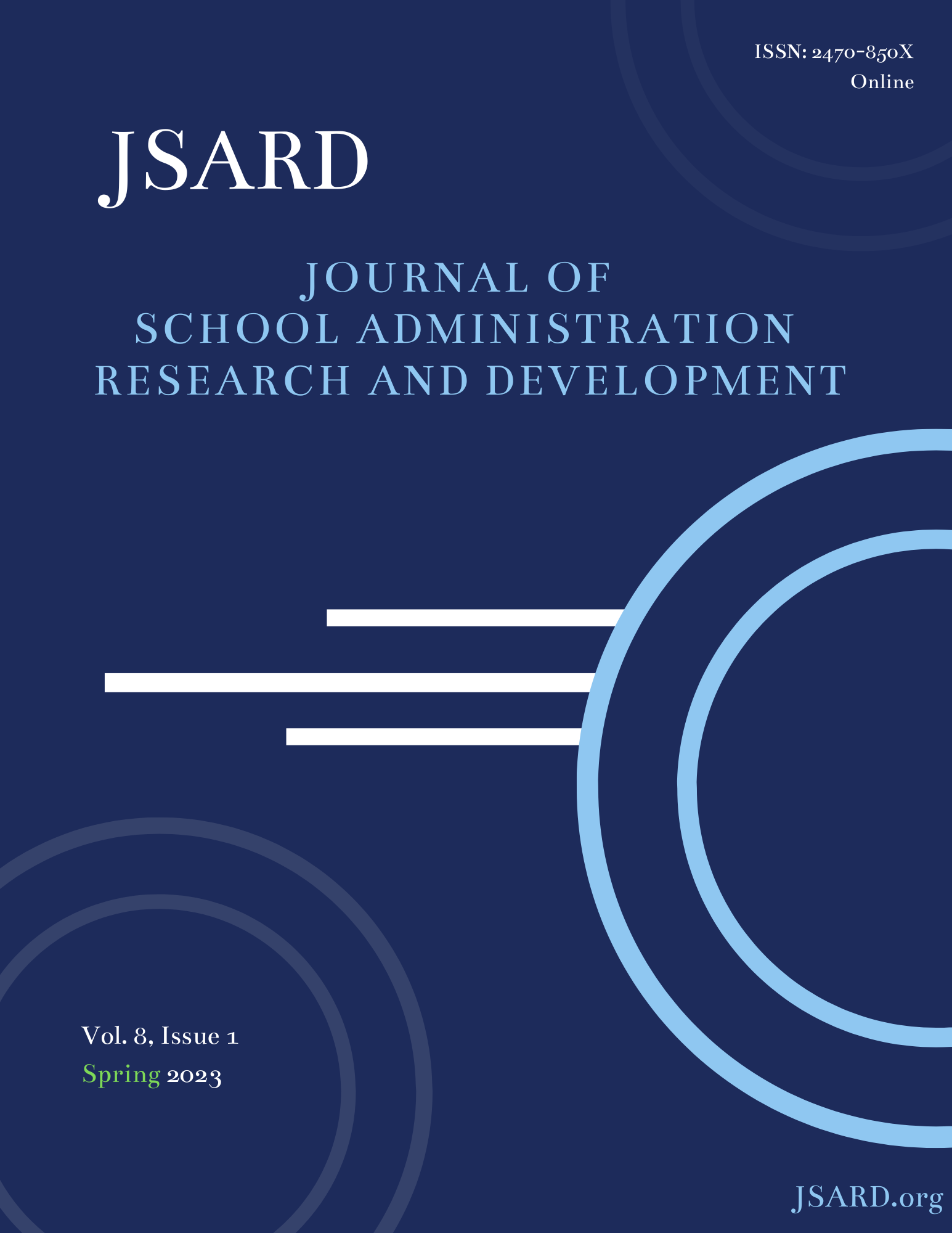Using Affirming Learning Walks to Build Capacity
DOI:
https://doi.org/10.32674/jsard.v8i1.4783Keywords:
instructional leadership, STEM education, teacher leadership, adult learning, classroom observation techniques, teacher education, professional developmentAbstract
Teachers grow from sharing their practice and receiving feedback, yet it can be difficult for teachers to welcome others into their classrooms without feeling judged. Observers need to enter teachers’ classrooms projecting respect and value for the challenging work of teaching. In this article, we share an approach to visiting classrooms, called Affirming Learning Walks, that differs in comparison to more typical learning walks, instructional rounds, or classroom observations. Affirming learning walks are hosted by teachers or administrators, conducted with other teachers, designed around eight practices known to support student achievement, and focused only on those productive practices that are present rather than on the absence of practices or areas for improvement. This approach provides an opportunity to value many of a teacher’s practices that are productive and encourages teachers to engage in more of the productive practices because they are highlighted and celebrated.
Downloads
References
Aguilar, E. (2016). Asset-based coaching: Focusing on strengths (opinion). https://www.edweek.org/education/opinion-asset-based-coaching-focusing-on-strengths/2016/04
Allen, A. S., & Topolka-Jorissen, K. (2014). Using teacher learning walks to build capacity in a rural elementary school: Repurposing a supervisory tool. Professional Development in Education, 40(5), 822-837. DOI: https://doi.org/10.1080/19415257.2013.851104
Bole, P. T., & Farizo, K. P. (2013). Using learning walks to improve collaboration and charter school performance (a university/P–12 school partnership): Year one. The New Educator, 9(4), 328-345. DOI: https://doi.org/10.1080/1547688X.2013.841507
Bushman, J. (2006). Teachers as walk-through partners. Educational leadership, 63(6), 58–61.
Dove, K. G. (2021). Classroom equity and the role of a teacher leader: Making classrooms equitable to all students. In B.S. Zugelder (Ed.) Empowering Formal and Informal Leadership While Maintaining Teacher Identity (pp. 109-134). IGI Global. DOI: https://doi.org/10.4018/978-1-7998-6500-1.ch005
Fisher, D., & Frey, N. (2014). Using teacher learning walks to improve instruction. Principal Leadership, 14(5), 58-61.
Johnson, J. F., Uline, C. L., & Perez, L. G. (2017). Leadership in America's best urban schools. Routledge. DOI: https://doi.org/10.4324/9781315685519
Johnson, J. F., Uline, C. L., & Perez, L. G. (2019). Teaching practices from America's best urban schools: A guide for school and classroom leaders. Eye on Education. DOI: https://doi.org/10.4324/9781351204354
Steiny, J. (2009). Learning walks. Journal of Staff Development, 30(2), 31-36.
Downloads
Published
Issue
Section
License
Copyright (c) 2023 Journal of School Administration Research and Development

This work is licensed under a Creative Commons Attribution-NonCommercial-NoDerivatives 4.0 International License.
All published articles are licensed under a Creative Commons Attribution-NonCommercial-NoDerivs 4.0 Unported License.


.png)
